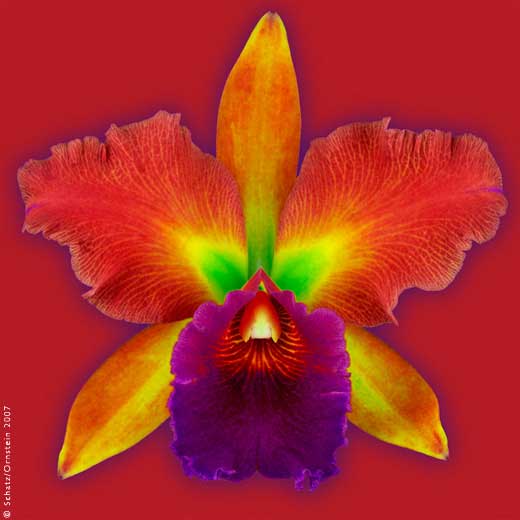Kilauea, perhaps the world's most active volcano.
 Kīlauea is an active volcano in the Hawaiian Islands, one of five shield volcanoes that together form the Island of Hawaii.
Kīlauea is an active volcano in the Hawaiian Islands, one of five shield volcanoes that together form the Island of Hawaii.In Hawaiian, the word kīlauea means "spewing" or "much spreading", in reference to the mountain's frequent outpouring of lava.
 Lava has been continuously emitting at Puʻu since January 1983. In 1998 Kīlauea was said to be the most active volcano on the Earth, an invaluable resource for volcanologists, and was said to be the planet's most visited active volcano. The volume of erupted material could pave a road across the world 3 times. Lava less than 1000 years old covers 90% of Kilauea.[
Lava has been continuously emitting at Puʻu since January 1983. In 1998 Kīlauea was said to be the most active volcano on the Earth, an invaluable resource for volcanologists, and was said to be the planet's most visited active volcano. The volume of erupted material could pave a road across the world 3 times. Lava less than 1000 years old covers 90% of Kilauea.[In local belief the volcano is the home of the Hawaiʻian goddess of volcanoes, Pele. Legend says that eruptions take place whenever the goddess is angry. These concepts are included in tribal chants practiced by residents of the region.
Kilauea was formed under a hot spot under the crust. So were the other volcanoes on the Big Island such as Kohala, Mauna Kea, Mauna Loa, and Hualalai. There have been 34 eruptions since 1952 and 61 eruptions total. In early 1973, an earthquake occurred that caused Kilauea to stop erupting and instead erupt near the craters Pauahi and Hi'iaka.
In the early morning hours of March 19, 2008, Halemaʻumaʻu experienced its first explosive event since 1924 and the first eruption in the Kīlauea caldera since September 1982. A steam vent that had recently opened near the overlook area exploded, generating a magnitude 3.7 earthquake, and scattering rocks over a 75 acre area. A small amount of ash was also reported at a nearby community. The explosion debris covered part of Crater Rim Drive and damaged Halemaʻumaʻu overlook. The explosion did not release any lava, which suggests to scientists that it was driven by hydrothermal or gas sources.
This explosion event followed an increased sulfur dioxide gas levels from the Halemaʻumaʻu crater. The dangerous increase of sulfur dioxide gas has prompted closures of Crater Rim Drive between Kīlauea Military Camp south/southeast to Chain of Craters Road, Crater Rim Trail from Kīlauea Military Camp southsoutheast to Chain of Craters Road, and all trails leading to Halemaʻumaʻu crater, including those from Byron Ledge, ʻIliahi (Sandalwood) Trail, and Kaʻū Desert Trail.
Early in the morning of March 24, 2008, the white gas ejection changed to brown-gray ash, and lava particles were thrown from the vent, forming Pele's Hair, Pele's Tears, and 4-inch (100 mm) lava spatters around the vent. This is the first time fresh lava has been erupted in the crater since 1982.
If you liked this article, subscribe to the feed by clicking the image below to keep informed about new contents of the blog:




Comments
Post a Comment